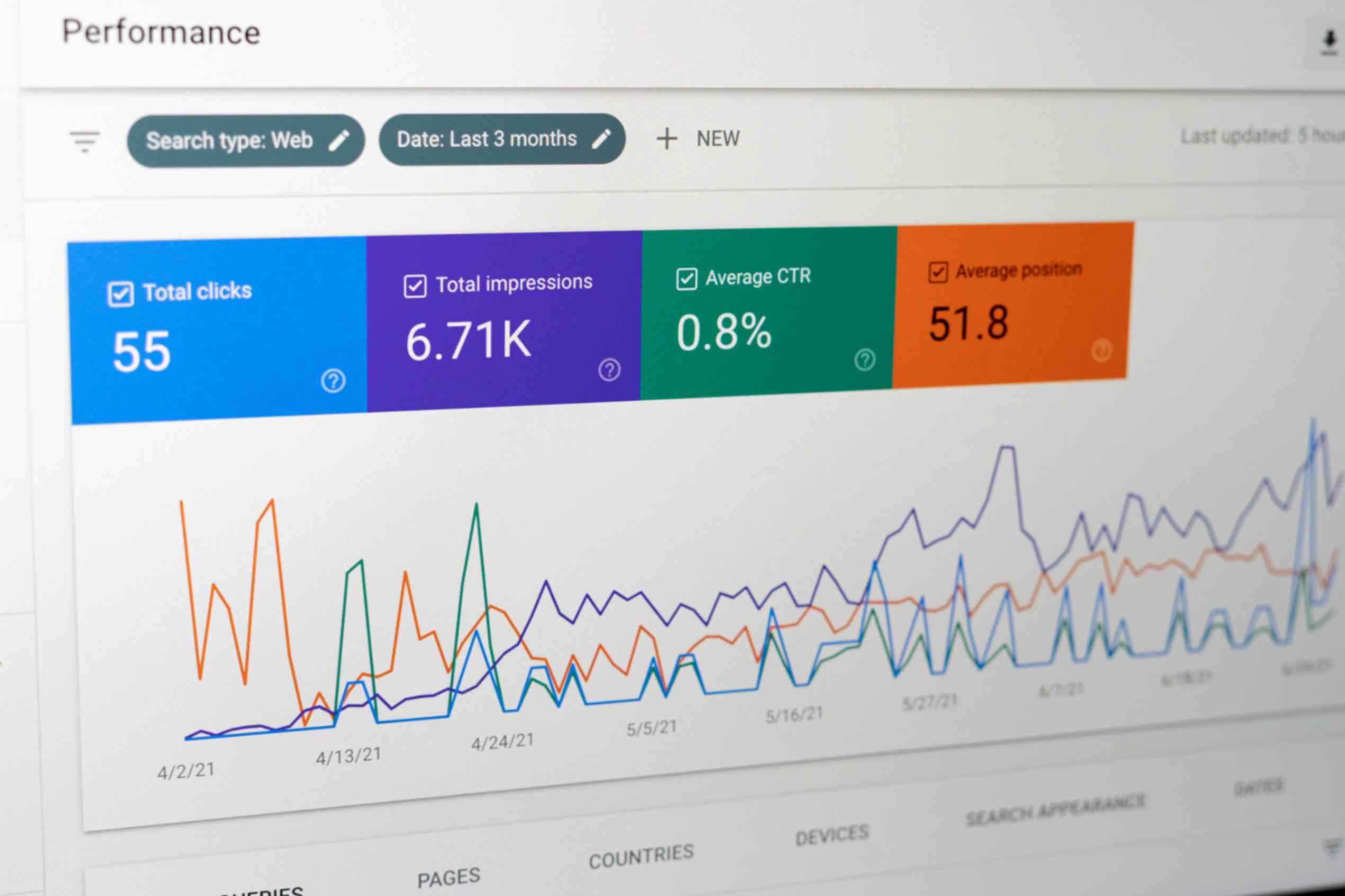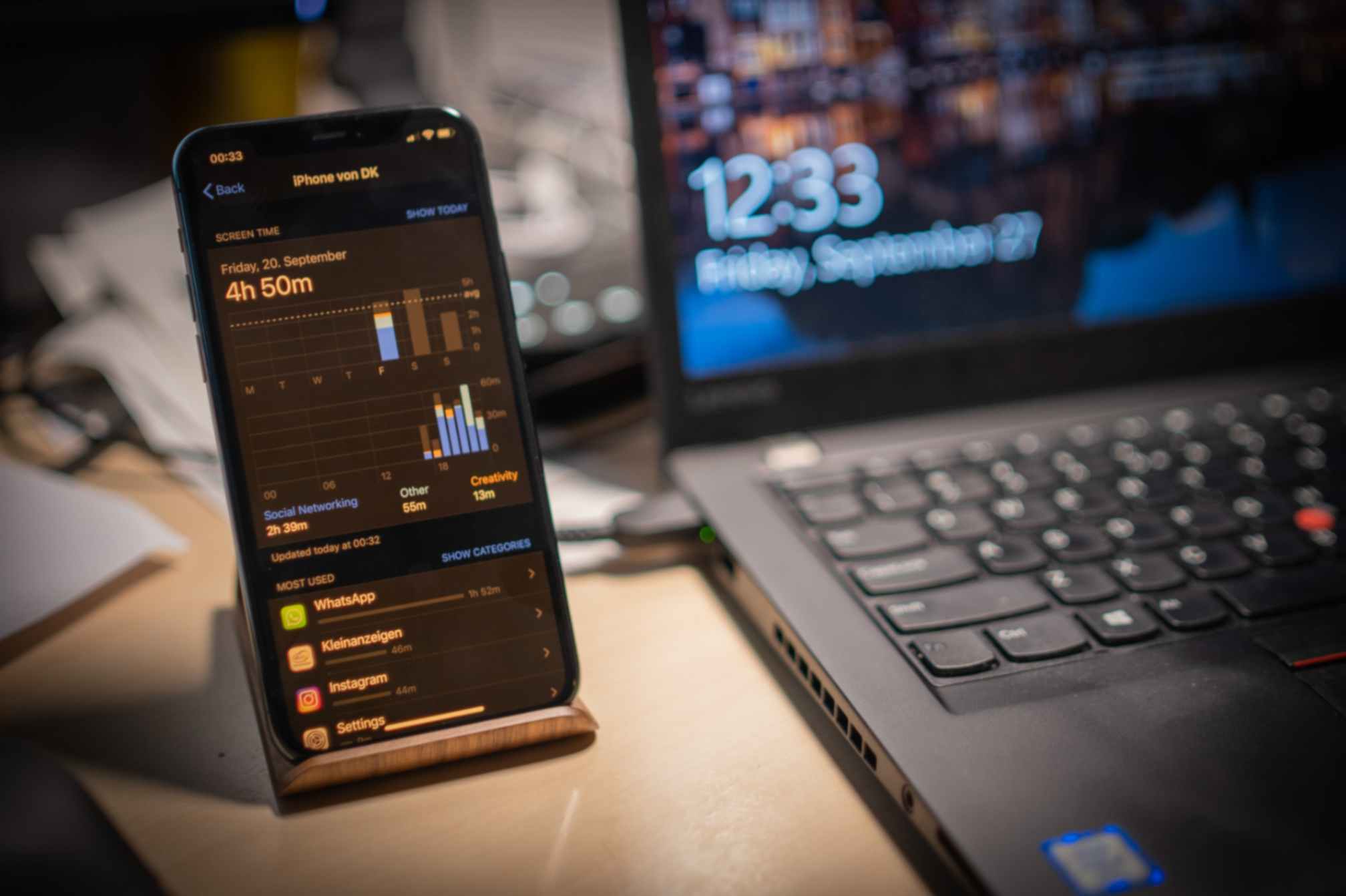Which Types of Phones and Browsers Are Most Commonly Used to Scan QR Codes?
Sally Wright
Sep 13, 2023
Tracking QR code scans provides valuable insights that can help your online business stay competitive in the market.
By analyzing scan data, you gain a better understanding of your audience's behavior. This knowledge allows you to tailor your marketing strategies, improve customer experiences, and boost conversions.
As a business owner, you should know that to understand how QR codes perform knowing which types of phones and browsers are most commonly used to scan QR codes is also crucial.
In this blog, we'll dive into this topic and explore how tracking QR code scans can benefit your business.
Common Types of Phones and Browsers Used to Scan QR Codes
The specific data regarding which types of phones and browsers are most used to scan QR codes can vary depending on the region, target audience, and the specific QR code campaign.
To get precise insights into which phones and browsers are commonly used for scanning QR codes for your specific business or campaign, using the QR Code Generator Hub app may come in handy.
Using this free Shopify app can provide real-time data on the devices and browsers used by your audience, allowing you to tailor your QR code campaigns accordingly.
Types of Phones:
- iPhone: iPhones, being popular devices, are commonly used for scanning QR codes. The native iOS camera app supports QR code scanning, making it easy for iPhone users to access information through QR codes.
- Android Devices: Android smartphones also have built-in QR code scanning capabilities. Given the wide variety of Android devices, the usage can be diverse, but Android users, in general, make up a significant portion of QR code scans.
- Other Devices: While iPhones and Android devices dominate, QR codes are versatile and can be scanned by almost any smartphone with a camera. This includes Windows phones, older feature phones, and other less common mobile devices.
Types of Browsers:
- Mobile Safari (iOS): The default Safari browser is often used for QR code scanning on iPhones and iPads. It directly integrates with the device's camera, making the process seamless.
- Google Chrome (Android): On Android devices, Google Chrome is the default browser for many users. It also integrates well with the device's camera for QR code scanning.
- Other Mobile Browsers: Various other mobile browsers are available for both iOS and Android, such as Mozilla Firefox and Samsung Internet. These browsers can also be used for QR code scanning if they have camera access permissions.
- In-App Browsers: Some users may scan QR codes from within specific apps, like Facebook or Snapchat, which have their in-app browsers for handling QR code content.
Note: Dynamic QR code usage can differ by region and demographics. Additionally, as technology evolves and more smartphones are equipped with advanced camera capabilities, the diversity of devices and browsers used for scanning QR codes may increase.
Why You Should Consider Tracking the Phones and Browsers Used to Scan QR Codes?
Knowing the types of phones and browsers commonly used to scan QR codes is important for several reasons:
Optimizing User Experience
Understanding the predominant devices and browsers used by your target audience allows you to optimize the QR code content for these specific platforms. This ensures that users have a smooth and seamless experience when scanning the QR code, as content can be tailored to their devices and browsers.
Content Compatibility
Different devices and browsers may handle QR code content differently.
For instance, some browsers might not support certain interactive features embedded in QR codes.
By knowing the types of browsers in use, you can design QR code campaigns that are compatible with the most commonly used browsers to ensure the content is displayed correctly.
Technical Considerations
Some QR code campaigns may require advanced features or technology that is specific to certain devices or browsers.
For example, if your campaign involves augmented reality experiences, you'll want to ensure that users with compatible devices and browsers can access these features.
Analytics and Targeting
Understanding the devices and browsers used for QR code scans provides valuable data for analytics. This data can help you track the effectiveness of your QR code campaigns on different platforms.
It can also inform your future marketing and advertising strategies, allowing you to target specific devices or browsers that are more commonly used by your audience.
Troubleshooting
It is important to take note that Issues may arise with QR code scanning. Knowing the types of phones and browsers being used can help in troubleshooting.
If a particular browser or device is experiencing difficulties, you can investigate and address the issue to improve the overall user experience.
Campaign Customization
Different devices and browsers may have varying screen sizes, resolutions, and capabilities. This information allows you to customize QR code content to best fit the specifications of the devices and browsers in use, ensuring that content is displayed correctly and effectively.
Compatibility Testing
Before launching a QR code campaign, it's beneficial to conduct compatibility testing on the most commonly used devices and browsers to ensure that the QR codes and associated content work as intended. This minimizes the risk of user frustration and enhances the success of your campaign.
Conclusion
The QR Code Generator Hub for Shopify empowers you with the tools to do this effectively.
By understanding which types of phones and browsers are most commonly used to scan QR codes, you can tailor your marketing efforts, enhance customer experiences, and drive conversions. It helps ensure that your QR code initiatives are effective, user-friendly, and compatible across a range of devices and platforms.
So, dive into the world of QR code tracking and watch your business flourish in the digital realm.



